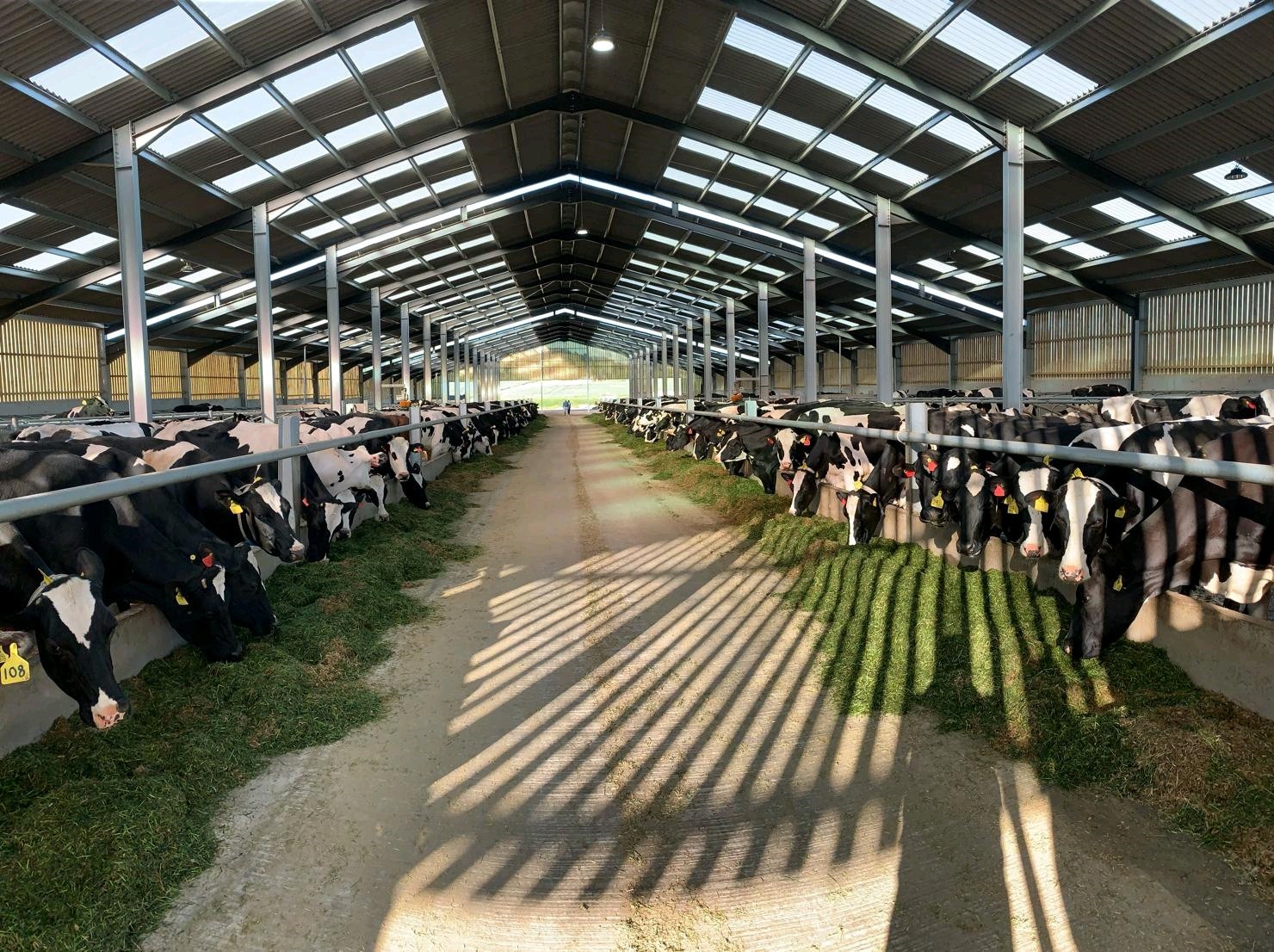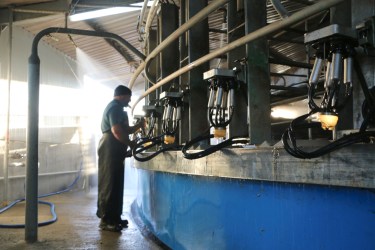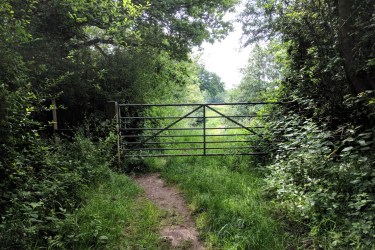By Paul Henman
Why cows need a comfy bed, the lights dimmed and non-slip walkways.
With cows outside and sheds empty, this is an ideal time to engage in some yearly maintenance and improvements to increase comfort next winter. Cows work hard eating, walking around and going to be milked and much evidence points clearly to the benefits of good housing to increase lying time. Research indicates a cow should lie down for a minimum of 12 hours per day and in an ideal situation for 13 hours or longer. During this period, they will get up and lie down at least ten times which means the need for this movement to be unrestricted is equally important.
The returns for getting it right can be massive, but it is very difficult to precisely measure lying times unless you equip your cows with accelerometers and a data collection system. Data collected by Genus colleagues working with the Breeder Tag system has validated that every extra hour of lying time in excess of 6 hours is worth 1.7 kgs additional milk. Cows that lie down for longer, eat more and make more milk.
Space
Cubicle design must promote cow comfort, or production and health status will be compromised. Cubicles shouldn’t restrict cows when they stand up and should be matched to the size of your cows. There are no “average cows” anymore, so avoid relating cubicle size to “average” and observe the interaction between a cow and its cubicle.
If your cows are too big for the cubicles you have two choices. Breed smaller cows or make bigger cubicles. Breeding cows that won’t fit cubicles is a welfare and an economic calamity.
Ideally a cow should lie down easily within two minutes of entering a cubicle without straining or colliding forcibly against the frame. When standing up the neck rail should not be restrictive as the cow needs to move forward and throw its head upwards a metre as it rises. It is a good idea to watch (even video), cows lying and rising in a field setting to gain an appreciation of what natural movement looks like.
Tell-tale signs of poorly matched cubicles are, first and foremost, a lot of empty cubicles. In addition hock damage, excessive lameness, perching half in and half out (2 feet in and 2 feet out) and seeking fresh air are clear indicators of problems. If a lot of dung has to be removed from the back of the cubicle you may need to reassess the position of the neck rail.
Lighting
Correct light intensity and duration have a very positive effect on the health, fertility, welfare and productivity of dairy cattle. One of the best-known phenomena of light is the part it plays in the control of hormone levels in dairy cattle. It has a positive impact on milk yield, which can increase by 15%. Uniform lighting in livestock housing improves fertility, with a positive influence on oestrus, and good lighting makes it easier to spot. Greater levels of activity are recorded where there are more hours of daylight and where the period of light has been extended artificially.
Research has shown the minimum light level should be 150 lux, the idea is 200 lux. A lighting regime of 16 hours of light at a minimum of 150 lux, followed by eight hours of darkness (maximum five lux) will produce the positive benefits.
Surfaces
Cows on concrete floors with not enough bedding and cows in cubicles that are poorly designed will not lie down enough. Generally speaking the softer the lying surface the longer the cow will lie down. Mats are better than concrete, mattresses are better than mats and deep sand is best of all. While £100 spent on comfort may seem a lot the payback can easily be afforded if the cows achieve an extra hour of lying time. Achieve this and the extra 1.7 litres of milk produced per cow per day will be enough to payback the initial investment in around 10 months. As the improvement could easily last for ten years the money spent on improvement could be returned twelve times over.
High yielding cows will not thank you for hard flooring, as their foot cushions are at their thinnest in peak lactation. This is why there is an increasing trend to install rubber flooring along passageways to reduce risk of slipping and improve comfort whilst feeding.
Poor surfaces and the risk of injury go hand in hand. To prevent cows feet going in all directions focus on grooving the high risk areas. Collecting yards and passageways are notoriously slippy in the summer time as dung will fill the concrete grooving. Spreading sand or leaving straw or silage pushout on the floor in high risk areas at this time of year will go some way to preventing the splits. If this is happening in your housing in winter, regrooving is todays job!








